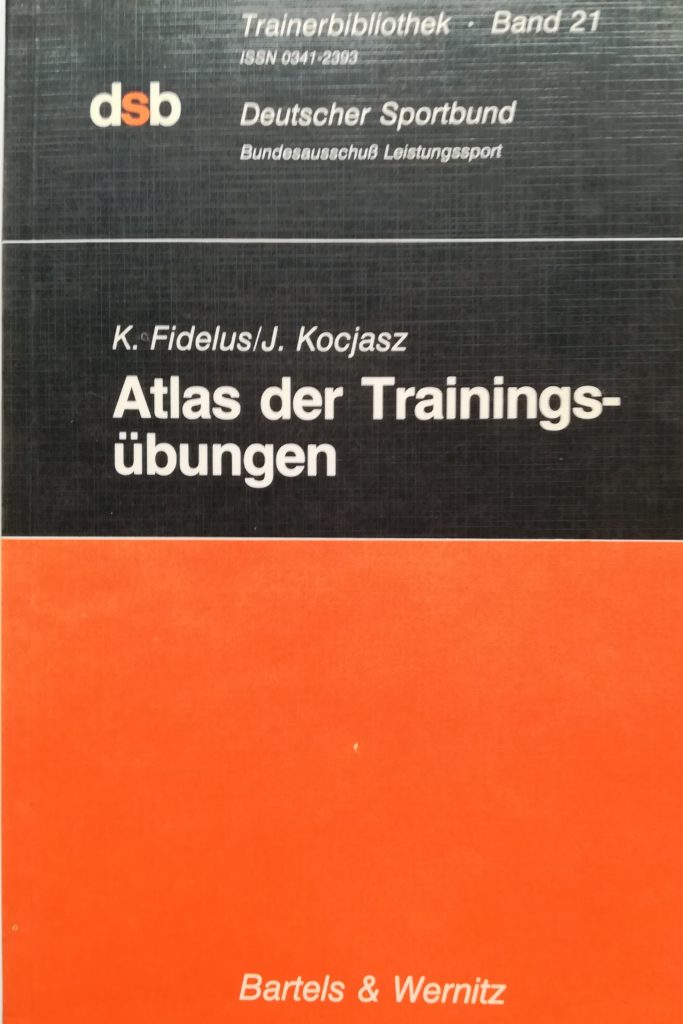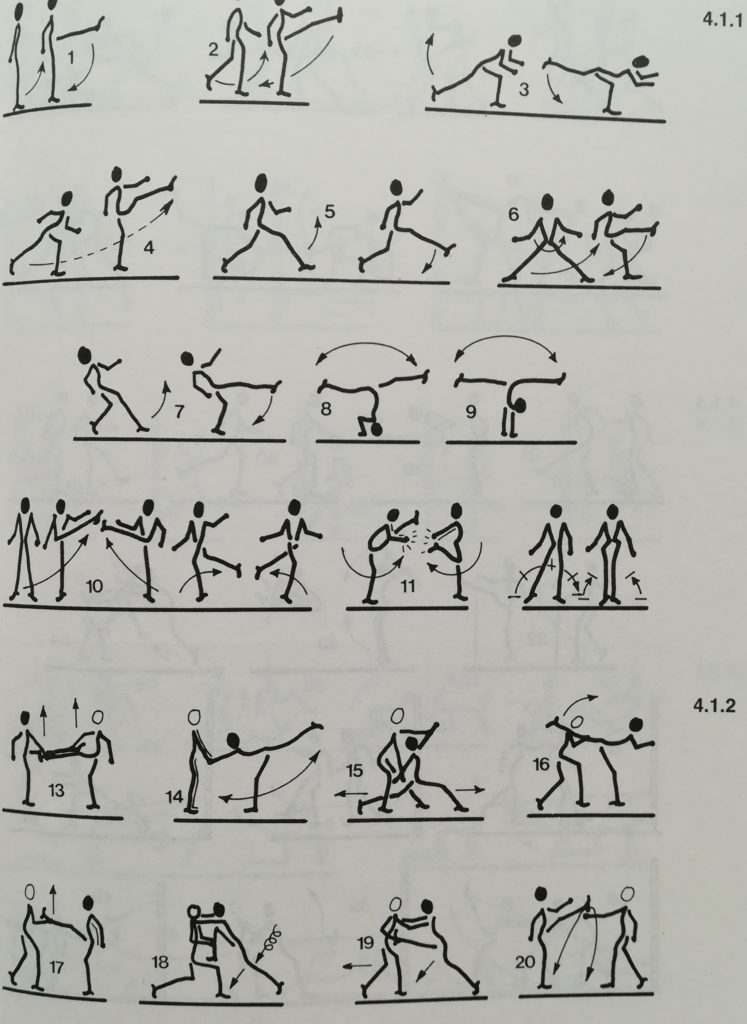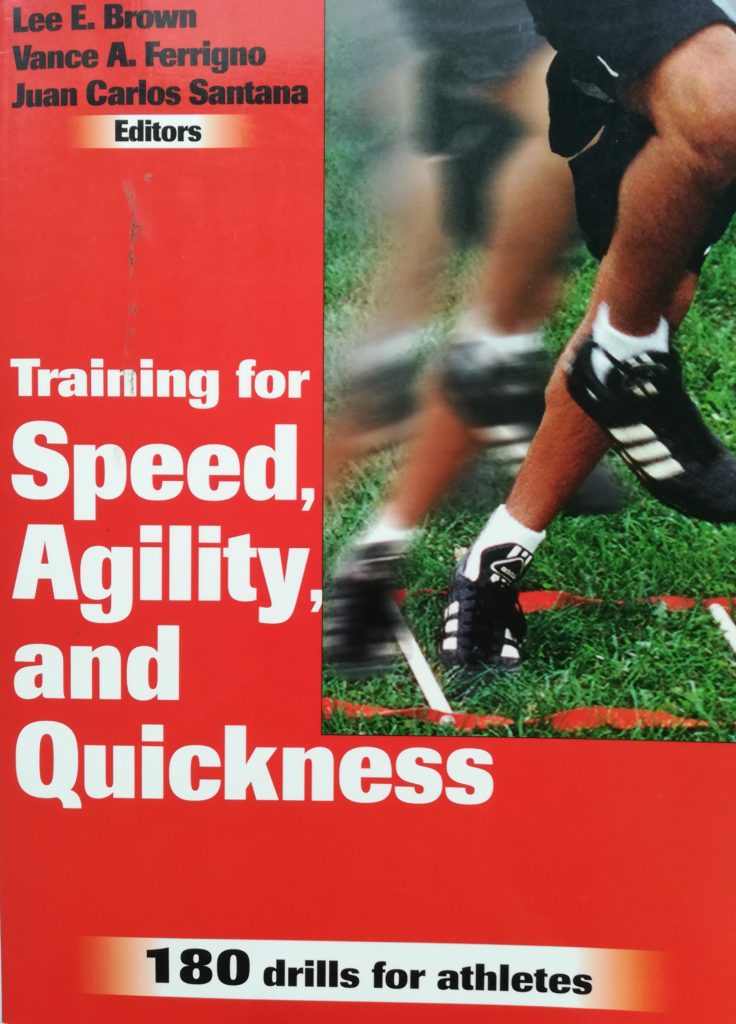Do you have them too? Those books filled with graphs and/or pictures of exercises and drills for your sport? Yes, as a young coach I bought a few of those in order to fill my exercise toolbox with exercises.

dav 
dav 
dav
Every winter again, I started off with let’s say a hundred different drills and/or exercises, but at the end of winter I found myself sticking to only twenty exercises that I had my athletes perform and eighty of them disappeared in the “black hole”.
New exercises seem to come in waves, mainly from the fitness industry. The fitness industry does not really care or know about improving a long-jumper from 8.30 to 8.50. Their aim is just having more customers paying their monthly fee for their classes or their personal trainer. Ranging from kettle bell exercises, waterbags or sandbags, Swissballs, TRX or ingeniously complex exercises, like standing on a Bosu ball, pulling elastic bands, while having a dumbell in your hand. Great way to make money and to waste time. How many coaches invent their own truly new exercises? Not too many, as far as I observed from watching sprint coaches all over the world: 70-80% of their sprint drills and exercises are the same. There has been very little change over the decades. For example, here is a short movie about Harold Abrahams,1924 Olympic champion 100 meter, and his coach Sam Mussabini, demonstrating some drills. https://www.youtube.com/watch?v=MEJujgTaaDA
These “classic” exercises seem to have proven their worth throughout the years. So why invent new exercises? The secret is of course never in the “golden exercise”, but rather in the choice (why or why not), the timing, the volume, the intensity and the focus of this exercise for each individual athlete. One athlete’s favorite and effective exercise might be another athlete’s cause of injuries or not having any positive effect at all. It is like with nutrition: your superfood might be my poison.
Not only do I like to experiment with new exercises and variations, I also challenge the athlete’s to really take part in the creative process of training, and thus develop their own exercises or at least improve on existing ones. Many people speak about ownership, one of those modern buzzwords, but very few people actually practice what they preach. One of my favorite athletes once asked me why she had to perform a sit up with her arms crossed or the hands in the neck. She said “If it is to make my abdominal muscles stronger so they can stabilize my pelvis by running, why not to the sit-ups while my arms move like I am running?” And she demonstrated this simple improvement to the sit-up. Now that is ownership, it seems like most athletes barely thing about training. They perform or undergo their exercises quiet passively.
The aim of creating new exercises is not to find trivial variations or to discard the classic exercises, but to design different challenges for the sensorimotor system of the athlete to changing demands.

Yes, thank you. As ever.